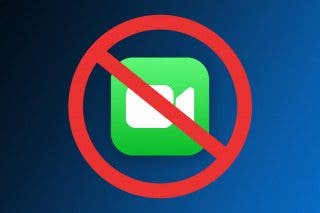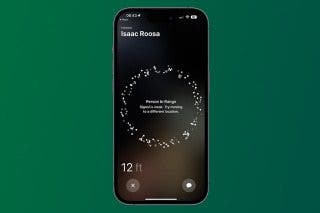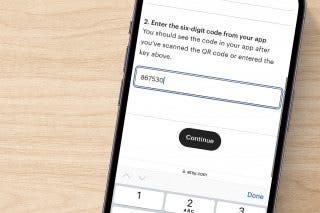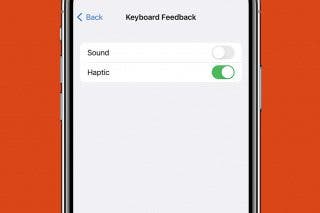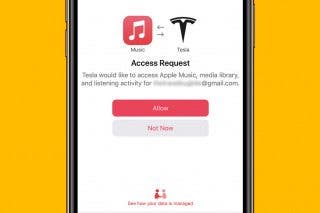Ditch Duolingo? Digital Language Learning Beyond the Bird


I will be the first to admit that I am not an expert linguist. I was a Russian major in college and even spent a few months in St. Petersburg (the one in Russia), but I graduated college in 2011. By 2022, I had forgotten almost everything I spent four long years learning. And back when I was learning Russian, I had the benefit of long-tenured professors teaching clueless college students all six Russian cases. I’m not a natural language learner, either! My father took five years to graduate college because he couldn’t get through his German requirement, and I inherited those skills.
So, when I decided in the year 2022 that I wanted to learn Mandarin Chinese as an adult with a full-time job, I was a bit pessimistic. However, thanks to my time at iPhone Life, I know that technology makes things that seemed impossible in 2011 doable today.
Coincidentally, Duolingo (free) was first released as a public beta in November 2011. Yes, I wish I could write an article about language-learning apps without jumping immediately to Duolingo, but alas, I cannot. If you have spent any time in a language-learning community, you know that Duolingo provokes strong opinions. Millions of learners extol its virtues, sharing their streaks online, grinding away in the night to make it to the top of the Diamond League. But others have more negative things to say: Duolingo’s gamified model of language learning doesn’t translate to real-world conversation skills, and all that time you spend racking up XP is doing nothing except annoying your partner who can’t go to sleep with that damn owl chirping away at all hours of the night. I personally know several people who are maintaining 1,000+ day streaks on Duolingo, but if you ask them to hold a conversation with someone speaking their target language, they’d be the first to admit they’re lost.
Still, Duolingo was where I started. And honestly, I’m glad I did. After more than two years of studying Mandarin, I have moved on from Duolingo, but in the beginning, the app and its nagging cartoon owl kept me consistent and made learning a language rewarding, even when I could barely manage a single phrase. Duolingo surely has its drawbacks, but if you’re trying to decide if a language is right for you, trying it out in a fun, low-stakes environment like Duolingo is a fine option. For more great app suggestions, check out our free Tip of the Day newsletter.
One of the problems with Duolingo is that it’s one app trying to teach more than forty different languages, so it’s unable to specialize in any of them. As a Mandarin learner on Duolingo, I was outraged when I realized that my French- and Spanish-learning friends were enjoying extra features like stories while I was starving for new content. There are only so many times I can say, “How much does it cost to hire a driver for the day?” Once you are ready to branch out from catch-all language-learning apps like Duolingo, you will want to find resources that are specific to your target language. Any app built specifically to help learn one language is going to have an advantage over something like Duolingo. Tailored programs will always be better than one-size-fits-all. Whatever language you are trying to learn, it probably has a Duolingo-like app made specifically for it. For instance, after growing frustrated with Duolingo’s neglect of their Chinese course, I moved on to HelloChinese (free), an app dedicated solely to teaching Mandarin. Because it has been built specifically for Mandarin, it employs real native speakers reciting its lessons (unlike Duolingo, which relies on AI to generate the voices you hear in the app). It also includes those stories I was so envious of in Romance-language Duolingo, as well as different games and topical “immersion” lessons outside of its main course (which is structured much like Duolingo’s courses). I can’t tell you which apps are the best for every language you might be interested in learning, but I think the general advice holds true: you can probably find a dedicated app for the language you’re trying to learn that is just as good or better than Duolingo.
No matter how good the app is, though, at some point, you’re going to need to graduate to something more involved than translating single sentences in a language-learning app. There are two modes of learning generally spoken about in language learning: input (reading and listening) and output (speaking and writing). Let’s tackle input first. I was happy to find basic stories in HelloChinese. Duolingo does offer very simple stories for some of its more popular languages. But eventually, you will want to start reading things that are more challenging. You still might not be ready for In Search of Lost Time in the original French, but reading apps and graded readers can be a great way to bridge the gap. Picking up physical graded readers made for language learners or even finding children’s books written for native-speaker children is great. Still, these apps have a few benefits that physical books can’t match: finger-tap translations and recordings of the stories you can listen along to. My favorite app for this is Du Chinese (free), but you should be able to find graded-reader apps in almost any language you want to study.
When considering input, you don’t want to neglect listening. This is one of the most fun ways to learn a new language, after all. You can listen to songs in your target language and watch TV and movies. This is where my next recommendation comes in. Language Reactor is a browser plugin, currently available only for Chrome (though the developer promises Firefox and Edge versions are coming soon). Language Reactor (free) has a lot of features I haven’t explored much, but the thing that they do best is give you dual-language subtitles on any Netflix video. If it weren’t for Language Reactor, I would have canceled my Netflix subscription a long time ago. But Netflix has a decent catalog of foreign-language movies and shows, so I frequently find myself watching random Chinese dramas from the early 2000s so I can look at both the Mandarin and English subtitles while watching. The goal is eventually not to have to use English subtitles at all, but being able to compare English and target-language subtitles is so much more helpful than relying on English subtitles alone. Language reactor also lets you hover over words in the target language to see a direct definition, and it automatically pauses your show while you’re looking words up. You can save words to a personal dictionary, too.
So, we have input covered. What about output? You can always sit down and write an essay of your own devising or blather endlessly at the empty air, but without a more knowledgeable person to give you feedback, you may well be practicing bad habits that will impede your ability to communicate once you start speaking to others. While there’s no replacement for being immersed in a culture and language, there are some apps that can help you get speaking practice with native speakers of your target language. There are many ways to sign up for language exchange partners online, but one app to check out is italki (free), which lets you connect to tutors for group or one-on-one, personalized lessons in your target language. If you’re very confident, you can also use italki to connect with other language learners and practice conversing together.
It’s amazing that we have the ability to fully learn a language entirely from our phones, but sometimes, old-fashioned methods are still king. After months of building up my language-learning app arsenal, I decided the best way forward was to sign up for classes at my local community college. I’m fortunate enough to live in an area with a great (and extensive) community college system, so this was a pretty easy decision for me. For just a couple hundred dollars per semester, I got a full class with a seasoned professor who worked with my classmates and me both in a group and one-on-one, and who was able to connect us with resources for further study. Plus, I made a lot of friends! I just finished four semesters of Mandarin, and out of everything I’ve done, these classes have been far and away the most helpful. If you’re serious about learning a foreign language, there’s no substitute for serious study and immersion in your target language.
But if you don’t have the time, money, or opportunity to sign up for a full semester of classes, you have a lot of options to learn a language on your own. And hey, if all you have time for is a few minutes of Duolingo a day, that’s good, too! Someone’s gotta win that Diamond Tournament.

August Garry
August Garry is an Associate Editor for iPhone Life. Formerly of Gartner and Software Advice, they have six years of experience writing about technology for everyday users, specializing in iPhones, HomePods, and Apple TV. As a former college writing instructor, they are passionate about effective, accessible communication, which is perhaps why they love helping readers master the strongest communication tools they have available: their iPhones. They have a degree in Russian Literature and Language from Reed College.
When they’re not writing for iPhone Life, they’re reading about maritime disasters, writing fiction, rock climbing, or walking their adorable dog, Moosh.
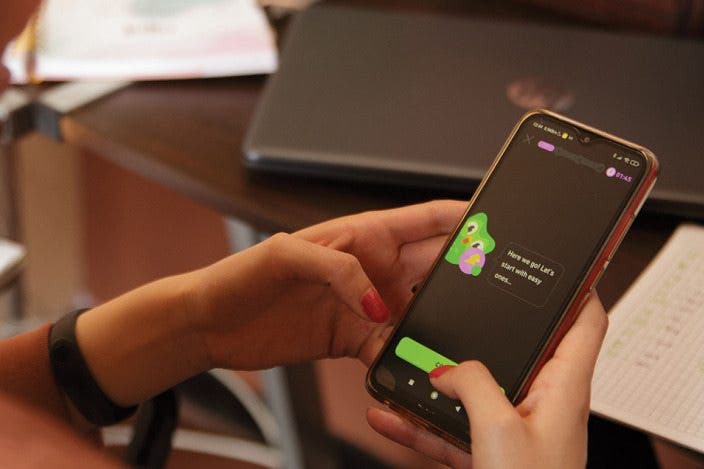
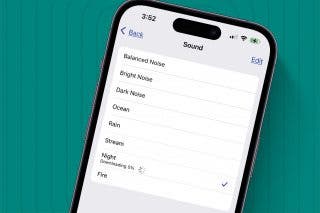
 Rhett Intriago
Rhett Intriago
 Rachel Needell
Rachel Needell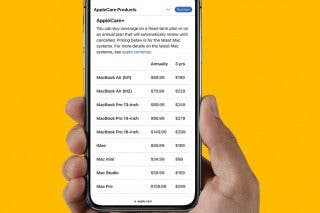
 Olena Kagui
Olena Kagui
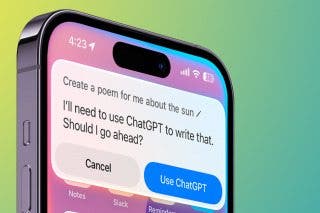

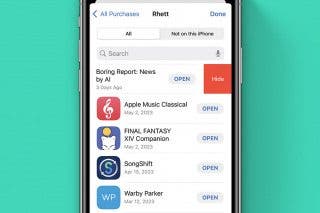
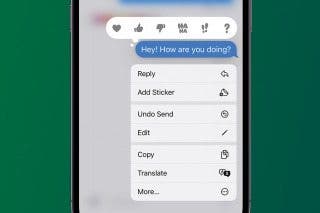
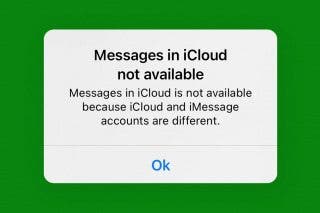
 Leanne Hays
Leanne Hays

